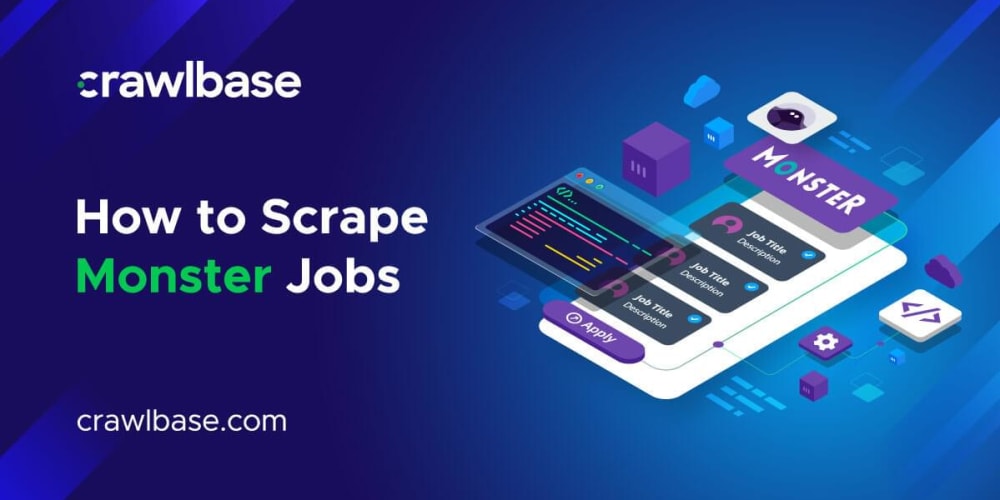Enhancing LLMs for Culinary Understanding: A Recipe Annotation Case Study
Artificial intelligence continues to transform various industries, and the culinary space is no exception. One of the most exciting advancements is the development of language models (LLMs) capable of interpreting and generating culinary content. To achieve this, datasets must be meticulously prepared and annotated. This blog explores the case study of a comprehensive recipe annotation dataset that significantly improves LLMs' ability to process and understand culinary information.
Objective
The primary goal of the project was to create a detailed dataset that would improve LLMs' ability to interpret recipes. Specifically, the dataset needed to accurately identify ingredients and sequence cooking instructions, making it easier for AI-driven applications to provide precise culinary insights. The resulting dataset was designed to be a vital tool in enhancing AI's role in cooking assistance and dietary analysis.
Scope of the Project
This dataset covers a wide array of recipes, representing various cuisines and dietary preferences. Each recipe was carefully annotated to ensure the accurate identification of ingredients and the proper sequencing of cooking steps. The goal was to develop an advanced language model capable of navigating complex culinary processes.
Data Collection Sources
The dataset was sourced from 15,000 online recipes gathered from a variety of culinary platforms. These recipes spanned different regions and dietary needs, including vegetarian, gluten-free, keto, and more. The diversity of the data ensured that the language models trained on it would have a broad understanding of the culinary domain.
Data Collection Metrics
The scale of the data collected was impressive:
Total Recipes: 15,000
Ingredients Tagged: 75,000 ingredients (an average of 5 per recipe)
Instructions Annotated: 75,000 cooking steps, ensuring clarity and proper sequencing (an average of 5 per recipe)
Annotation Process
The annotation process involved two major stages:
Ingredient Identification: A team of 30 annotators, including culinary experts, worked meticulously to tag each ingredient in the recipes. This ensured precise identification, crucial for accurate interpretation by LLMs.
Instruction Sequencing: Cooking steps were carefully annotated to maintain the correct sequence. This allowed for proper interpretation and execution of the recipes by AI models.
Annotation Metrics
Team Effort: The project was completed by a dedicated team of 30 annotators for two months.
Total Annotations: 150,000 annotations were made, covering both ingredients and cooking steps.
Accuracy and Quality Assurance
Ensuring the quality of annotations was a top priority:
Ingredient Identification Accuracy: A high level of accuracy was achieved in tagging ingredients, verified through rigorous quality checks.
Instruction Sequencing Accuracy: Special care was taken to ensure that cooking steps were annotated in the correct order, allowing for logical and consistent recipe interpretation.
Culinary Expertise in the Annotation Process
Culinary experts played a critical role in the project, ensuring that the annotations were not only accurate but also contextually relevant to different cuisines. This involvement ensured that the LLMs could accurately process recipes from various cultural and dietary backgrounds.
Impact of the Dataset on LLM Capabilities
The creation of this detailed recipe annotation dataset has significantly improved the ability of LLMs to understand and process culinary information. It has enhanced AI-driven applications, particularly in areas such as cooking assistants and dietary analysis tools. These advancements are helping users interact with recipes in more intuitive and useful ways.
Conclusion
The success of this project highlights the importance of detailed annotation in training LLMs for specific domains like the culinary space. By creating a dataset that accurately identifies ingredients and sequences cooking instructions, the capabilities of AI-driven tools in the food and beverage industry have been greatly enhanced. Whether it's helping users cook meals step by step or analyzing dietary preferences, this dataset is paving the way for more intelligent and user-friendly culinary applications.
For more details please visit: https://gts.ai/case-study/recipe-annotation-for-food-beverage-llm/


















